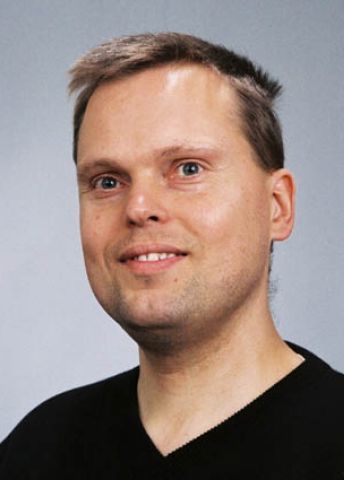
Program for mathematics 2019
Grant to recruit an international researcher
for a postdoctoral position
Professor Håkan Hedenmalm
KTH Royal Institute of Technology
Grant to recruit an international researcher
for a postdoctoral position
Professor Håkan Hedenmalm
KTH Royal Institute of Technology
Physics as the source of new mathematics
Professor Håkan Hedenmalm will receive funding from the Knut and Alice Wallenberg Foundation to recruit an international researcher for a postdoctoral position at the Department of Mathematics, KTH Royal Institute of Technology.
Several potential topics are included in the project, which covers the areas of complex analysis, geometry and probability theory. One of the topics is the exploration of random point configurations. Such configurations appear in simplified models in physics, such as Nobel Laureate Eugene Wigner’s model of energy spectra in heavy atomic nuclei, where energy levels repel each other.
One way of understanding point configurations is to create a model for an ensemble of randomly scattered particles that repel each other pairwise, while they are pressed together by an external field. In physics, such an ensemble of charged particles is called Coulomb gas; in mathematics these models appear on various occasions, for example as eigenvalues for random matrices.
Among other things, the intention is to study the Coulomb gas and similar models in one plane. What happens at the boundaries? What are the system’s universal properties – what is stable and what is changeable in such systems?
Another topic for further exploration in the project is a new model called arithmetic jellium. This model is inspired by materials in which layers, one atom deep, of two different materials are alternated. Arithmetic jellium is a mathematical model that is built upon polynomials in a similar way to the Coulomb gas, but where some building blocks are removed. It exhibits peculiar characteristics, such as spooky action at a distance, as Einstein expressed it while struggling with the remarkable properties of quantum physics.
By combining methods from mathematical analysis and probability theory, more and more aspects of complex physical systems can obtain strict mathematical descriptions. This project is a step in that direction.